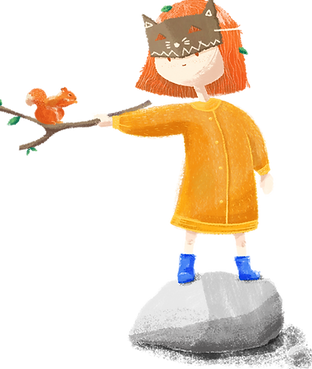
Keep your pioneer learning going, even if you can't make it to the Village. Use our lessons and activity resources to explore the frontier from the comfort of your home!
Virtual Village Scavenger Hunt
Difficulty: Advanced
Activity: Go on a digital scavenger hunt using the 360 images on our Structures page.
Virtual Village Scavenger Hunt
Difficulty: Easy
Activity: Go on a digital scavenger hunt using the 360 images on our Structures page.
Frontier 101
Learn more about life on the frontier, listen to historic music, and try your hand at 19th-century crafts with this video series starring our historical interpreters.
Ask A Pioneer
You asked and we answered! When our visitors submitted their questions about life on the Texas frontier, our historical interpreters had answers ready to go! Submit your own question to us on any of our social media channels. #AskAPioneer






